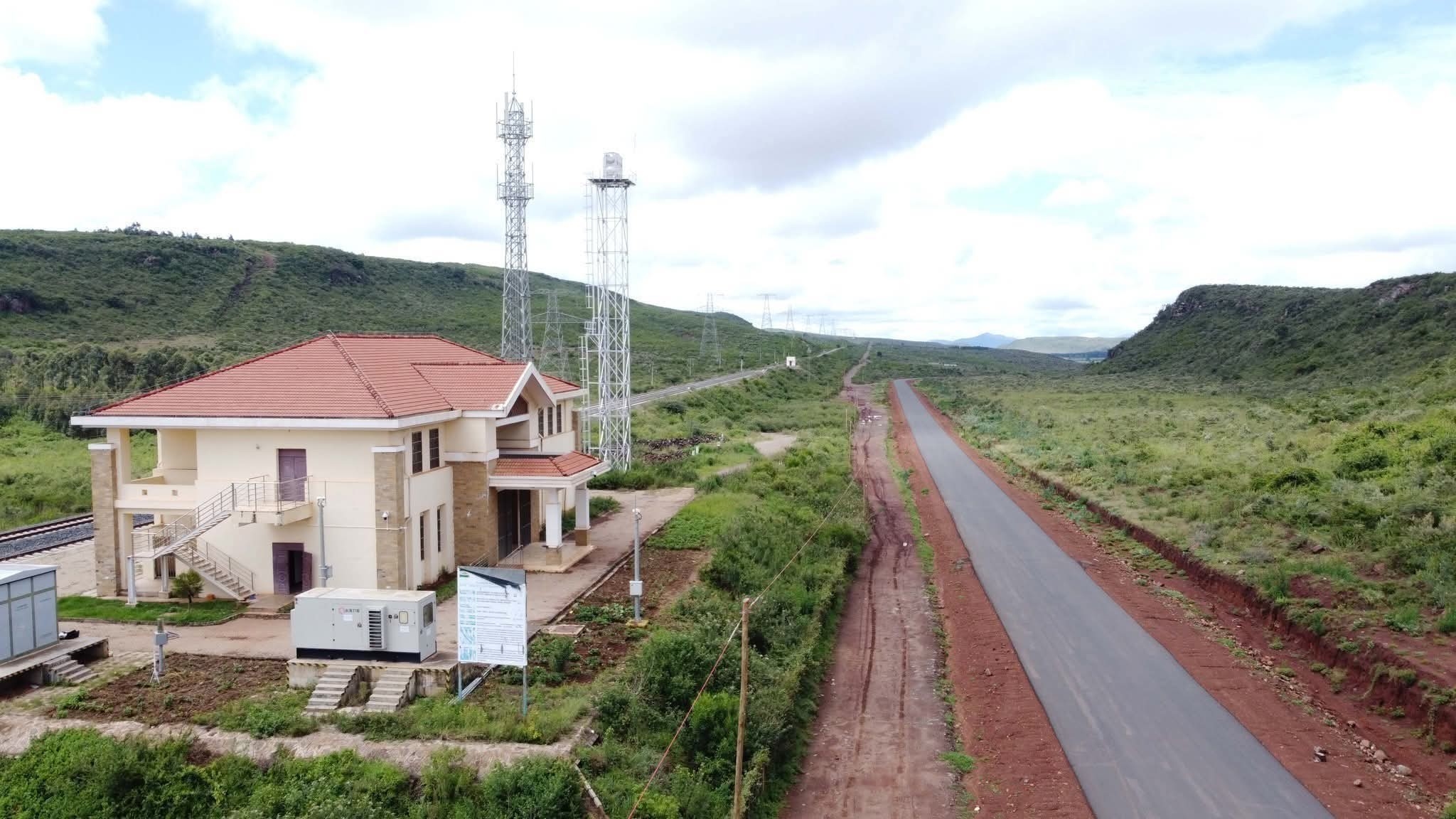Humans may have developed advanced social behaviours and trade 100,000 years earlier than previously thought.
This is according to a series of papers published today in Science.
The results come from an archaeological site in Kenya's rift valley. "Over one million years of time" is represented at the site, according to Rick Potts from the Smithsonian Institution, who was involved in the studies.
There are also signs of developments in toolmaking technologies.
Environmental change may have been a key influence in this evolution of early Homo sapiens in the region of the Olorgesailie dig site.
Early humans were in the area for about 700,000 years, making large hand axes from nearby stone, explained Dr Potts.
"[Technologically], things changed very slowly, if at all, over hundreds of thousands of years," he said.
Then, roughly 500,000 years ago, something did change.
A period of tectonic upheaval and erratic climate conditions swept across the region, and there is a 180,000 year interruption in the geological record due to erosion.
It was not only the landscape that altered, but also the plant and animal life in the region - transforming the resources available to our early ancestors.
When the record resumes, the way of life of these early humans has completely changed.
"The speed of the transition is really remarkable," Dr Potts said. "Sometime in that [gap] there was a switch, a very rapid period of evolution."
New tools appeared at this time - small, sharp blades and points made from obsidian, a dark volcanic glass.
This technology marks the transition to what is known as the Middle Stone Age, explained Dr Eleanor Scerri from the University of Oxford.
Rather than shaping a block of rock, into a hand axe, humans became interested in the sharp flakes that could be chipped off. These were mounted on spears and used as projectile weapons.
Where 98% of the rock previously used by people in the Olorgesailie area had come from within a 5km radius, there were no sources of obsidian nearby.
People were travelling from 25km to 95km across rugged terrain to obtain the material, and "interacting with other groups of early humans over that time period", according to Dr Potts.
This makes the site the earliest known example of such long distance transport, and possibly of trade.















